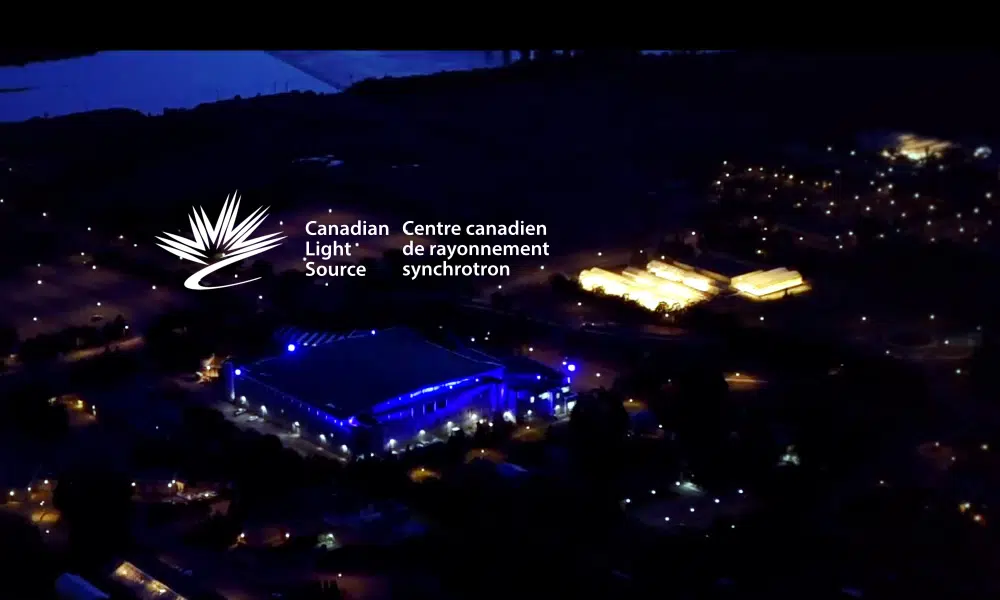
The Canadian Light Source at the University of Saskatchewan has helped a team that discovered dinosaur skin in the Alberta Badlands make a major breakthrough.
The three-dimensional sample from the 72-million-year-old duck-billed, vegetation eating dinosaur was remarkably well-preserved.
University of Regina Physics Professor Mauricio Barbi says the facility’s synchrotron light allowed researchers collect a huge amount of high precision data in a short amount of time.
Barbi says they were able to micro-analyze the sample while also looking at its chemical composition and were able to see small semi-circles that resembled cells.
The team was able to determine the sample is similar to crocodile skin.
Barbi who had been working on the project for seven years calls it the first discovery of its kind and is excited about the implications.
He feels this could eventually lead scientists to better understand how evolution happened.






















